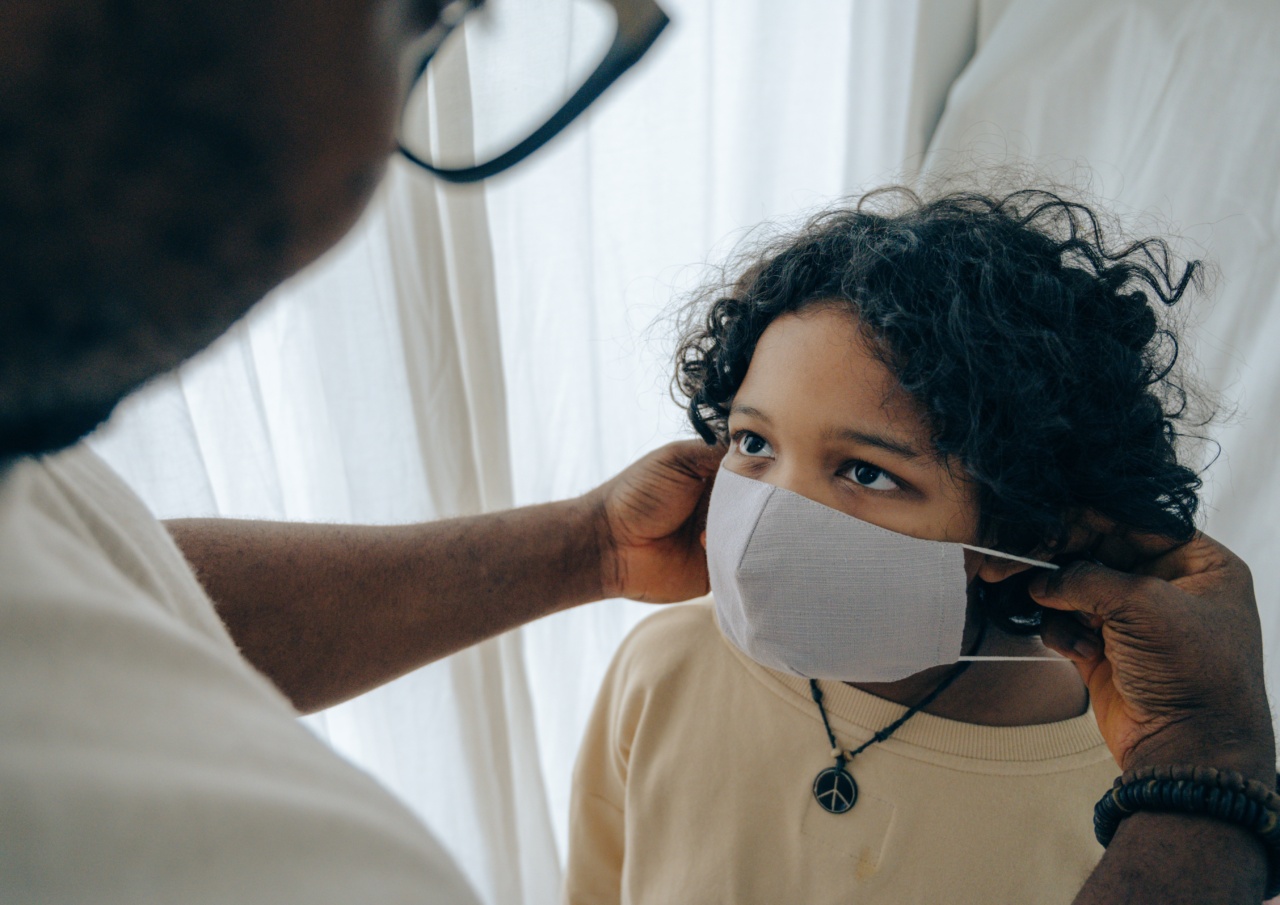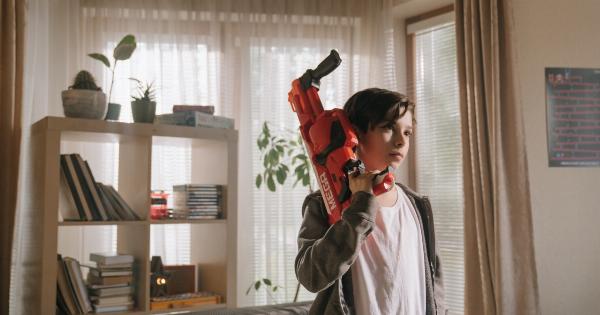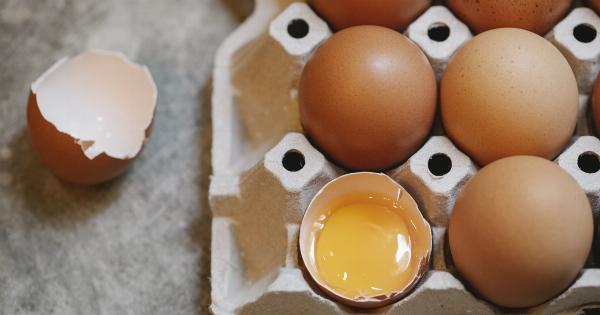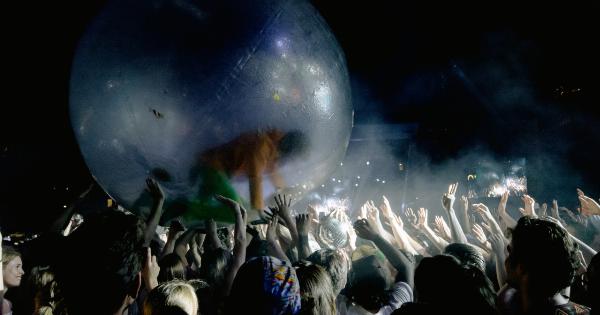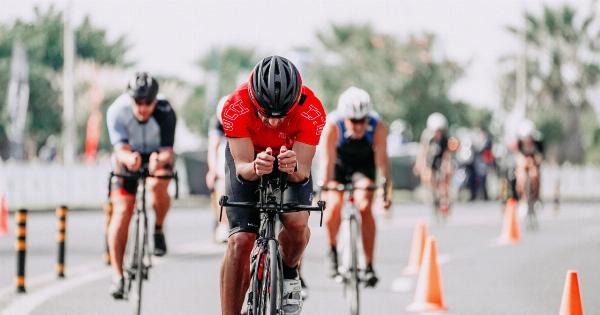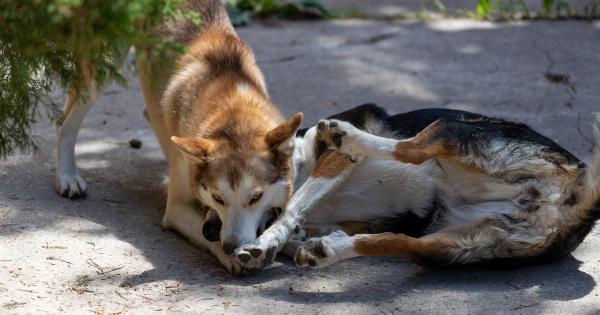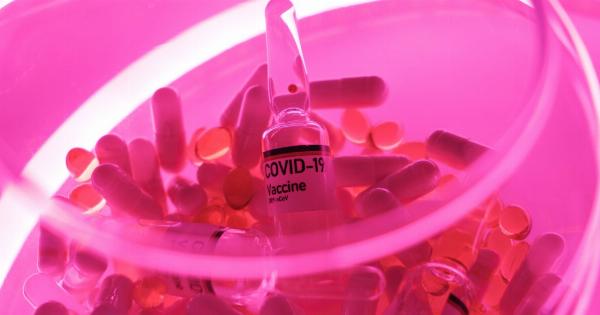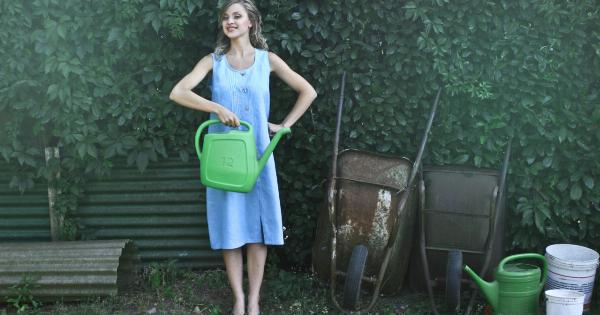Children are curious beings and they love to explore their environment. However, as much as we want them to learn new things, it is our responsibility as parents and guardians to ensure their safety.
Children are vulnerable to hazards such as falls, fire, and poisoning. As such, parents and guardians should take steps to secure their children from potential hazards.
Falls
Falls are a leading cause of non-fatal injuries in children, especially among those aged 15 and below. Children can fall from chairs, tables, stairs, and high places while playing.
To secure children from falls, it is crucial to ensure that there are no tripping hazards such as toys or wires on the floor. Additionally, install safety gates at the top and bottom of the stairs and ensure that the handrails and stair treads are secure.
Avoid placing furniture near windows, or ensure that windows have safety guards to prevent children from falling through open windows. Lastly, use bunk beds only for children aged six and above and ensure that the bed has rails on both sides to prevent falls.
Fire Hazards
Fire is hazardous to children, and it can lead to severe burns or even death. Parents and guardians should ensure their homes have working smoke detectors, and that they check them regularly.
Moreover, they should have a fire escape plan that should be practiced with children several times a year. It is essential to teach children about the dangers of playing with matches and lighters, and instruct them to inform an adult if they find any. Lastly, avoid smoking in the house and ensure that all smoking materials are securely stored.
Poisoning
According to the Centers for Disease Control and Prevention (CDC), poisoning is a significant cause of injury to children. Children can accidentally ingest poisonous substances such as cleaning products, medications, and chemicals.
To secure children from poisoning, parents and guardians should ensure that they store cleaning products and chemicals out of the children’s reach. Additionally, it is essential to lock away medications and ensure that children do not have access to vitamins or supplements.
Lastly, it is crucial to teach children about the dangers of poisonous substances, and instruct them to inform an adult if they come across any strange substances.
Drowning
Drowning can occur quickly and silently, and children can drown in shallow water such as bathtubs, play pools, or natural water bodies such as rivers, lakes, and oceans.
To secure children from drowning, parents and guardians should ensure that children are always supervised while swimming or bathing. Moreover, it is essential to take swimming lessons to improve children’s swimming skills. Additionally, install fences and pool covers to prevent children from accessing the pool when not in use.
Lastly, teach children about the dangers of swimming in open water and the importance of wearing life jackets when boating or playing near water bodies.
Choking
Choking can occur when a small object such as food, toys, or balloons obstructs a child’s airway. To secure children from choking, parents and guardians should ensure that they supervise their children while eating and playing.
Cut food into small pieces and avoid giving children hard candy, peanuts, and popcorn, which pose a high choking risk. Additionally, avoid giving children small toys or toys with detachable parts that they can put in their mouths.
Lastly, teach children about the dangers of putting small objects in their mouths and the importance of chewing their food before swallowing.
Cuts and Burns
Cuts and burns are common in children, and they can occur when children play with sharp objects such as scissors or knives, or when they touch hot objects such as stoves, irons, or matches.
To secure children from cuts and burns, parents and guardians should keep sharp objects out of children’s reach. Additionally, install stove and oven guards to prevent children from getting burned. Avoid leaving hot beverages within children’s reach, and do not leave them unattended while cooking or ironing.
Lastly, teach children about the dangers of sharp objects and hot substances and the importance of staying away from them.
Conclusion
Securing children from potential hazards requires awareness, supervision, and education.
Parents and guardians play an essential role in ensuring their children’s safety by taking the appropriate measures such as installing safety gates, smoke detectors, and pool covers, and by teaching children about the dangers of potential hazards. By taking these simple steps, parents and guardians can help prevent accidents and secure their children’s safety, enabling them to explore and learn in a safe and healthy environment.
